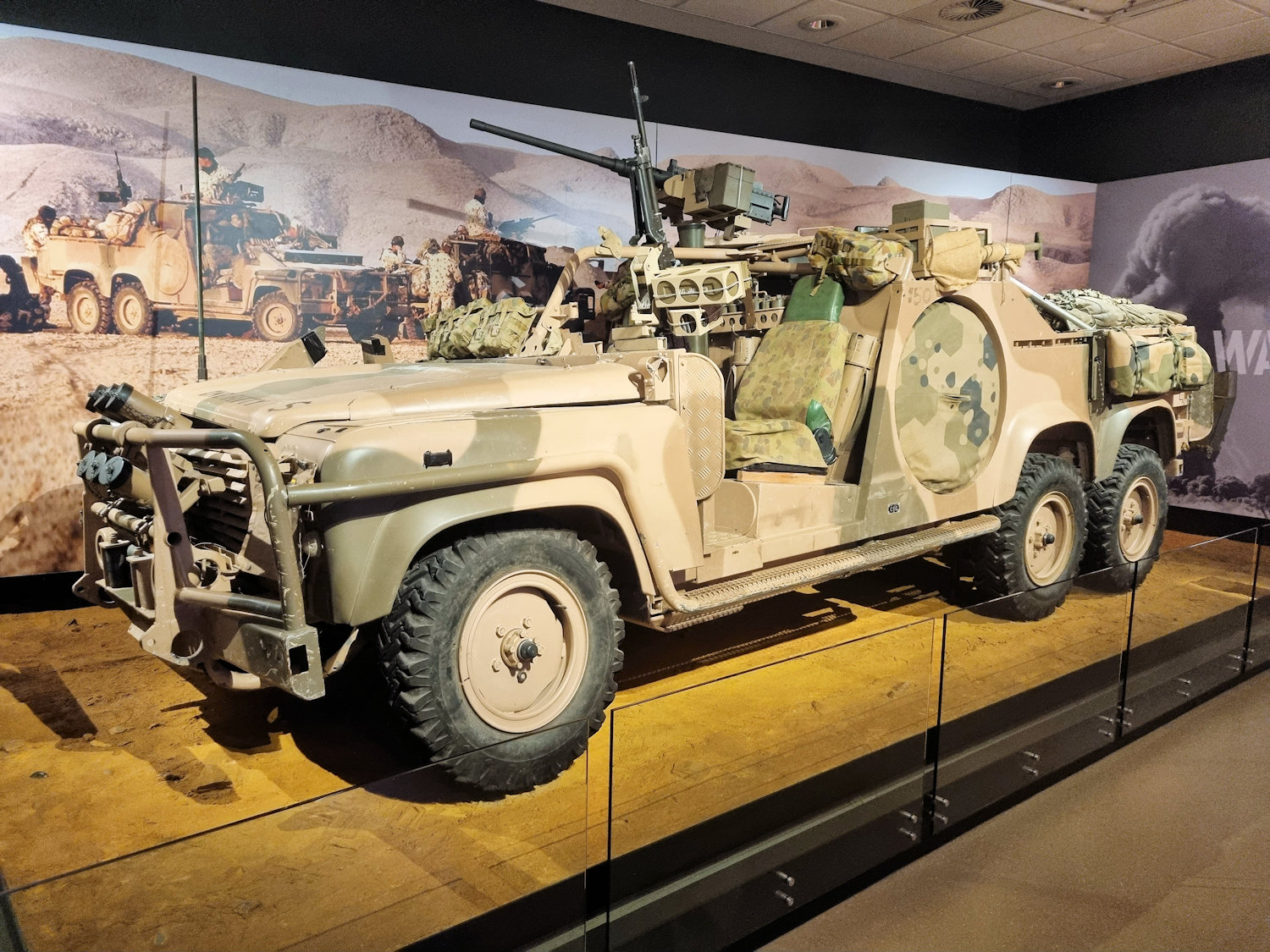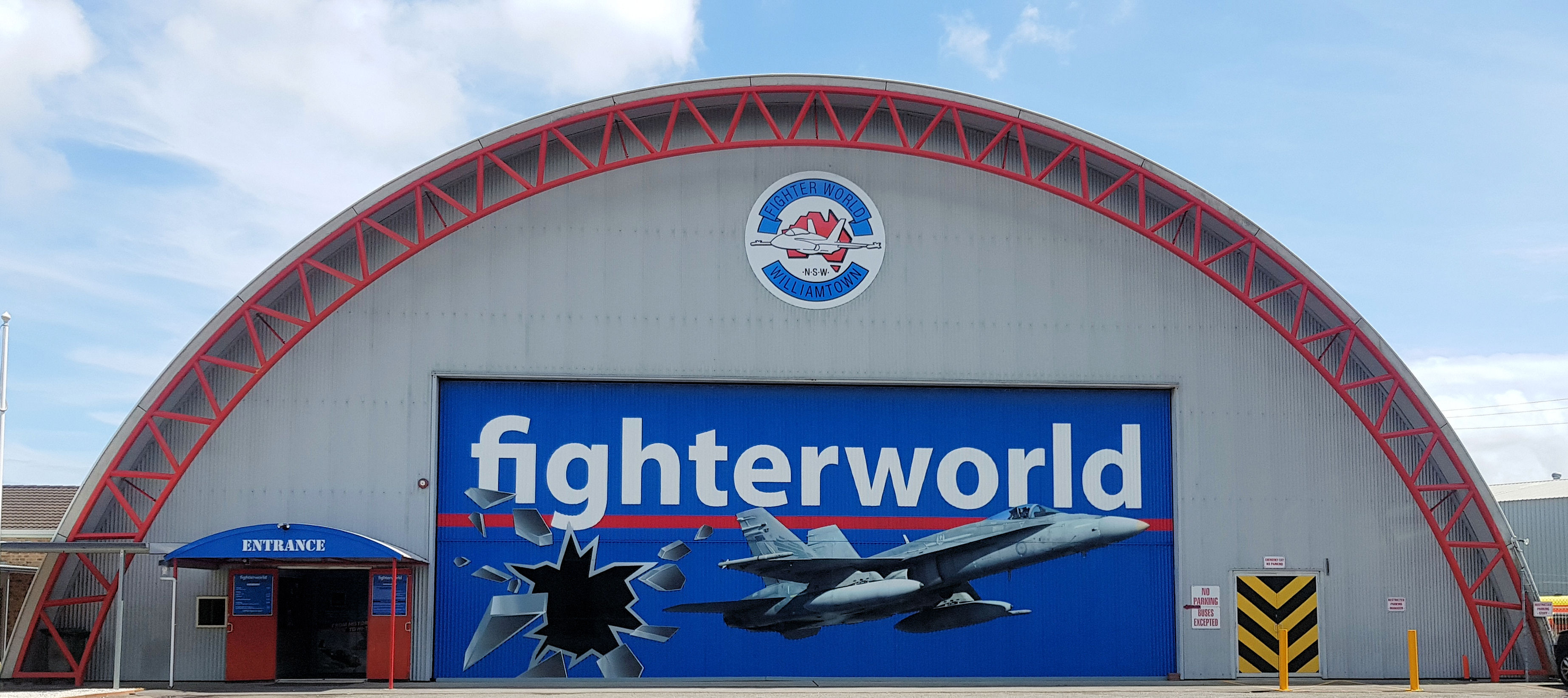Category: Military Museum
-
Australian War Memorial 1945 to Today

Australian War Memorial 1945 to Today During our previous trip to Canberra, the gallery “Conflicts 1945” to Today in the Australian War Memorial was closed because of the renovations. This time however, it was open, so we took the opportunity to look around. This gallery commemorates all the conflicts involving Australians from 1945 to today.… Read more
-
Fighter World Williamtown NSW

Fighter World Williamtown Aviation Heritage Getting to Fighter World Fighter World located adjacent to the Williamtown RAAF base has an excellent display of jet fighters operated by the RAAF. Fighter world is very easy to find due to its location and parking is easy, because the museum has its own large car park. The Collection… Read more
